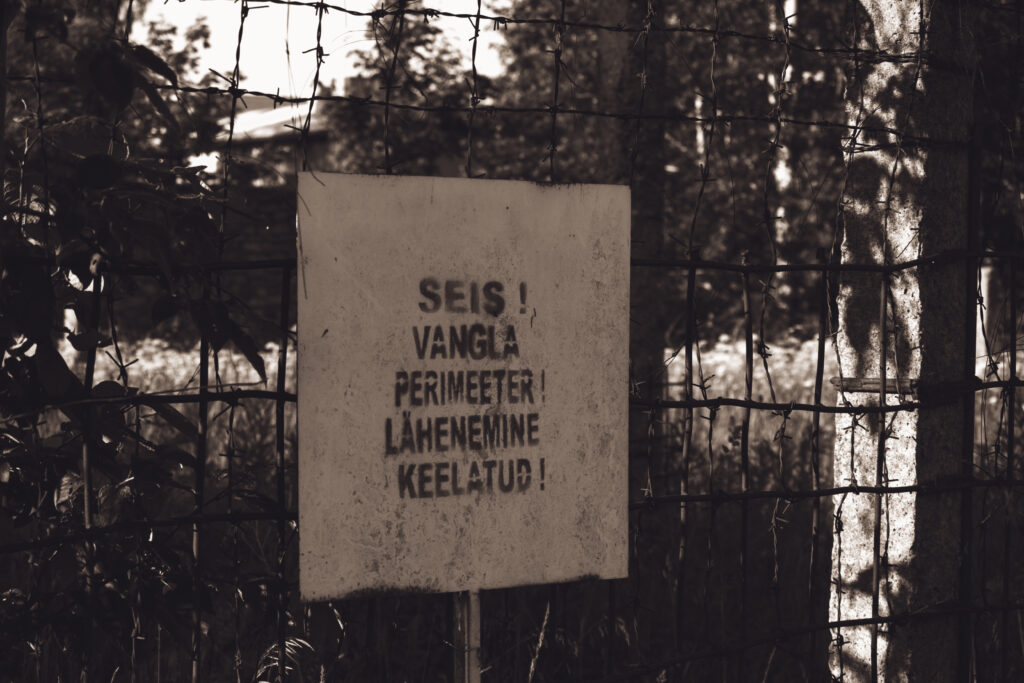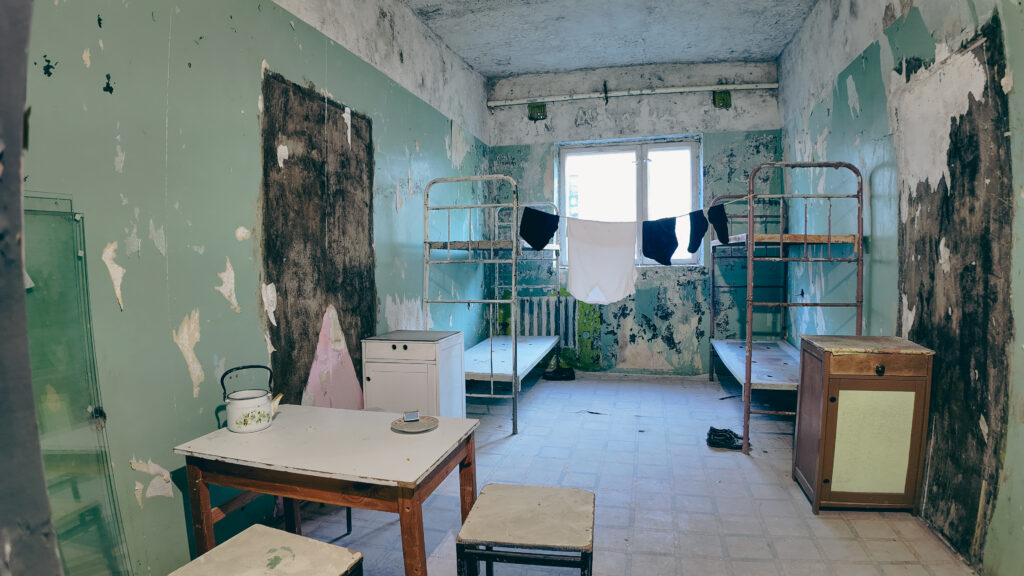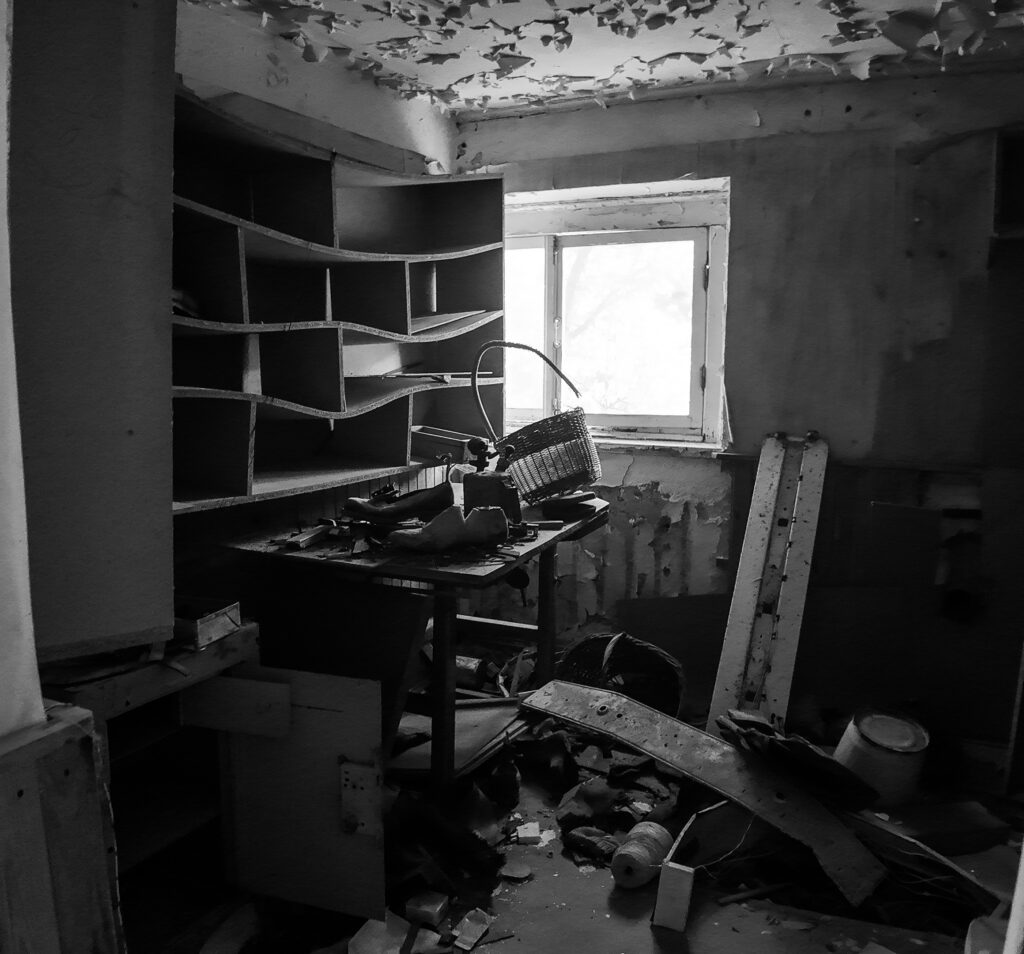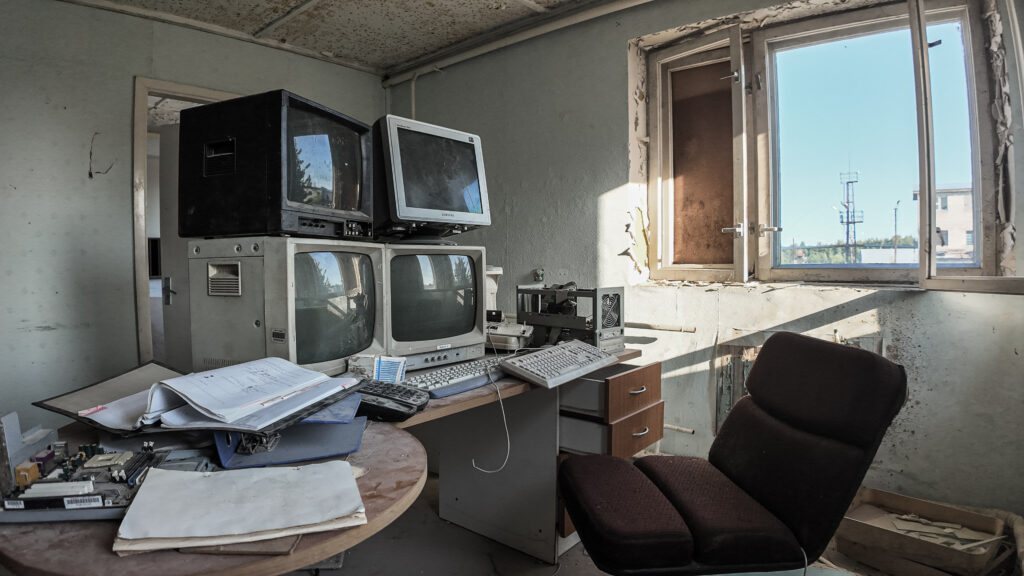Deep in the Estonian countryside lies Murru Vangla, a name that evokes a chilling resonance for many. Once a formidable Soviet-era prison and labor camp, it now stands as a captivating, yet somber, monument to a complex past. Its decaying walls, silent corridors, and abandoned machinery attract urban explorers, photographers, and history enthusiasts from around the world. But what stories do these crumbling structures tell, and what future awaits this intriguing site?

A Glimpse into a Troubled Past, Murru Prison's Origins and Soviet Era
Murru Prison’s history dates back to the 1930s, initially conceived as a forced labor camp to exploit the region’s vast limestone resources. However, its darkest chapters unfolded during the Soviet occupation of Estonia. Transformed into a notorious correctional facility, it housed a multitude of prisoners, from common criminals to political dissidents, forced to toil in the adjacent Murru quarry under brutal conditions. The prison became a grim symbol of the Soviet regime’s oppressive tactics.
The forced labor here was immense, with inmates extracting limestone for construction across the Soviet Union. Stories from survivors and historical records speak of the harsh daily realities, the rigid hierarchies among prisoners, and the overwhelming sense of isolation within its walls. Murru’s notoriety stems from the sheer scale of human suffering and forced labor that took place there, reflecting the broader tragic experiences of those caught in the Soviet system. These collective experiences of countless individuals confined within its unforgiving perimeter are central to understanding Murru’s grim legacy.
Decadence and Desolation at Murru
Today, Murru Vangla is a labyrinth of decaying structures, a stark contrast to its once active past. The abandoned buildings stand silent, their brick walls crumbling, paint peeling from ceilings and walls, revealing layers of time and neglect.
You can explore former administrative offices littered with obsolete technology like old CRT monitors and keyboards, or glimpse into grim cells with their rusted bunk beds and barren concrete floors. Weathered warning signs and barbed wire fences still mark the forbidden perimeter, while forgotten soviet era vehicles like the ZIL truck lie rusting amidst overgrown weeds.
Every corner exudes a profound sense of desolation, a palpable quiet that underscores the weight of history held within these walls.

Following Estonia’s regained independence and the eventual closure of Murru Prison in 2012, a remarkable and somewhat surreal transformation began. As the pumping of groundwater from the limestone quarry ceased, the vast pit gradually filled with crystal clear water, creating an expansive, turquoise blue lake. This unique geological feature, combined with the partially submerged prison buildings, guard towers, and mining equipment, has turned Murru (specifically the Rummu quarry) into one of Estonia’s most unexpectedly popular recreational sites.
Today, what was once a site of suffering is a magnet for swimmers, divers, and paddleboarders, drawn to its astonishingly clear waters and the eerie, beautiful “underwater museum” beneath. Visitors can swim around submerged trees, peer into flooded buildings, and even explore the sunken remnants of excavators and other machinery, offering a truly unique, albeit somber, recreational experience.

Why Murru Vangla Captivates Urban Explorers and Photographers
It might seem contradictory, but there is a profound, albeit somber, beauty to be found in Murru’s decay. For urban decay photographers and artists, the site is a treasure trove.
The peeling paint creates abstract textures, the play of light and shadow through barred windows paints dramatic scenes, and the juxtaposition of human made structures with encroaching nature offers compelling visual narratives.
The silence amplifies the historical weight, allowing one to contemplate the human stories that unfolded here. It’s a place where history isn’t just read but felt, visually speaking volumes about resilience, suffering, and the unstoppable march of time. This inherent mystique makes
Murru a prime subject for those drawn to the aesthetics of abandonment and the stories whispered by forgotten spaces.
Murru Vangla is a prime example of why urban decay photography, or Urbex, holds such a powerful allure. This genre goes beyond mere derelict buildings; it’s about capturing the transient beauty of forgotten spaces and the echoes of lives once lived within them. Urbex photographers seek out the textures of rust and peeling paint, the dramatic interplay of light and shadow, and the surreal juxtaposition of nature reclaiming man-made structures.
These images serve as historical documents, visual poetry, and a commentary on industrialization, societal shifts, and the inevitable passage of time. They invite viewers to contemplate stories untold and consider the impermanence of even the most formidable structures.
Contemplating Murru's Tomorrow
The future of Murru Vangla remains uncertain. While parts of it have seen development (such, for example, as a swimming area in the quarry), much of the original prison complex continues its slow descent into decay. Discussions periodically arise regarding its potential as a historical museum, a dark tourism destination, or even a unique event space.
Preserving such a site presents ethical challenges, balancing historical remembrance with responsible access. Regardless of its ultimate fate, Murru will continue to serve as a powerful reminder of Estonia’s complex past, offering lessons that resonate far beyond its crumbling walls.

Murru Vangla stands as a powerful, complex site in Estonia, a place where history, decay, and a somber beauty converge. It’s more than just an abandoned prison; it’s a profound narrative etched in stone and rust, waiting to be explored and remembered, now uniquely juxtaposed with the serene, clear waters that invite a different kind of immersion.
